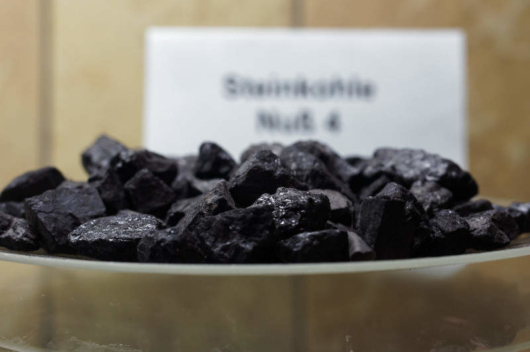Increasing penetration of renewables in the energy mix has already created a bearish outlook for non-coking coal trade, but completion of the rail network between Mongolia and China in 2021 threatens to bring the coking coal trade between Australia and China to a screeching halt in the long term.
Mongolia is laying down 415 kilometres of railway network from its Tavan Tolgoi coal mine to the Zuunbayan China-Mongolia border crossing, which will ultimately connect to the existing railway networks of China to transport coal to Chinese steel mills. The rail line was scheduled to be completed by the end of 2020 and to become operational from 2021, but the project will get delayed due to the COVID-19 pandemic. We now expect the railway line to begin functioning by the end of 2021.
Once the railway network is fully functional, a significant proportion of China’s coking as well as non-coking coal imports might enter the country via trains (from Mongolia and Russia) hurting shipping demand considerably in the long term.
China’s coking coal imports
China imported 75 million tonnes of coking coal in 2019, of which Australia accounted for more than 40%. The Australia-China coking coal trade generated 150 billion tonne miles of shipping demand in 2019 which is more than 9% of total shipping demand generated by coking coal globally. After the completion of the Mongolia-China railway line, China might completely shift its coking coal imports to Mongolia and away from Australia because of three reasons:
The railway network will have an annual capacity of 30 million tonnes, similar to the quantity that China currently imports from Australia. The quality of Mongolia’s coking coal is much better than that of Australian coal, making it increasingly difficult for Australia to compete.
The ongoing diplomatic and trade dispute between China and Australia is threatening coal trade between the two countries, leading China to impose stricter curbs on imports from Australia. China is looking for a long-term partner to meet its requirement of coking coal.
China has increased its imports from Mongolia over the past few years despite poor logistics. Once the infrastructure is in place, China’s coking coal trade with Mongolia will increase substantially and most likely, it will replace Australia’s entire share in China’s coking coal imports. The shift in trade is very significant as it will result in a sharp decline in shipping demand, especially for Panamax vessels employed in the Pacific because Australia-China is a seaborne trade while that between Mongolia-China is over land.
Impact of Phase-2
The second phase of the railway line will expand to Khorloogiin Choibalsan in east Mongolia, establishing a direct connection with Russia and thus reducing the cost of coal trade between Russia and China.
Russia exports around 30 million tonnes of coal a year to China (of which almost 50% is coking coal); almost 80% is transported by sea. In the absence of a point-to-point rail network, Russia’s coal is transported from its coal mines to the ports through domestic railways and then onto ships for its onward journey. From Chinese ports this coal is transported to the steel mills via the domestic rail network. When the rail network is completely functional, Russia will export its coal mainly on trains to minimise the cost and freight (CFR) of coking and non-coking coal.
Even though Russia exports most of its coal to China from its far-eastern port of Vostochny, (roughly a thousand nautical miles from Qingdao), a shift in the coal trade between Russia and China from seaborne to railways will cut down the shipping demand by 25-30 billion tonne miles from 2025.
As a result, the two-phased rail line construction plans in Mongolia will bring about a structural shift in coal movement in Asia that will have a substantial negative impact on overall dry bulk shipping demand in the long term (post 2025).
Source: Drewry
 3,376.83
3,376.83












Related News